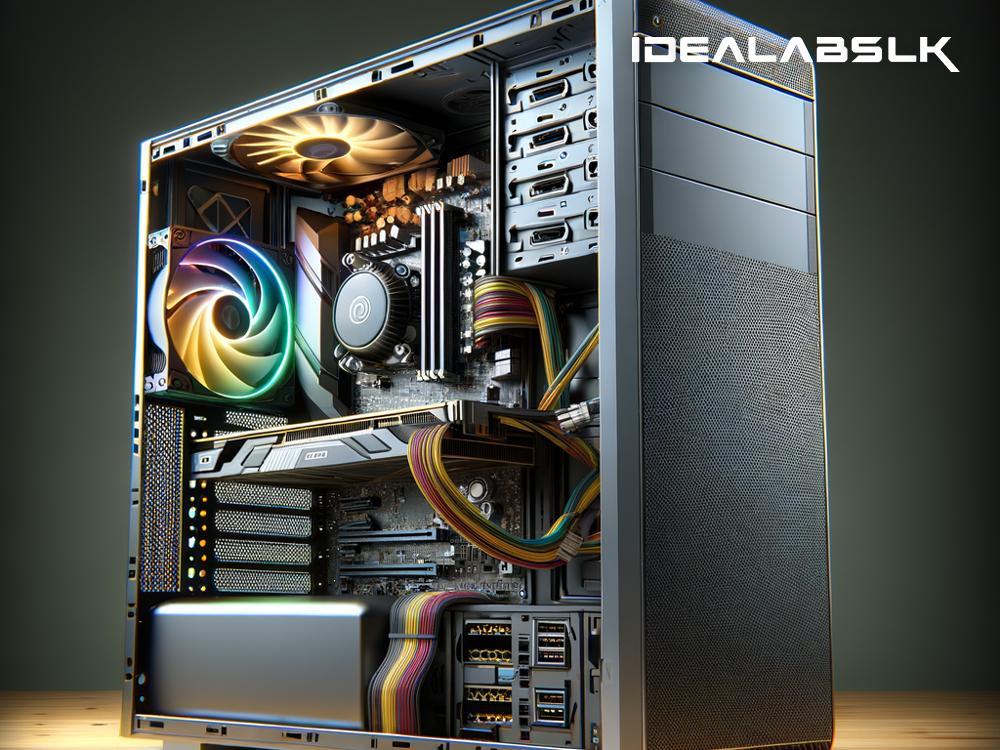How to Fix 'No Video Output' from GPU on Startup: A Simple Guide
Experiencing a 'No Video Output' message on your monitor can be alarming, especially when you're not very tech-savvy. It means your computer is running, but it's not sending any video signal to the monitor. Fear not! This common issue is often easier to resolve than it seems. Whether you're a gamer, a professional, or just someone who uses their computer for everyday tasks, this step-by-step guide will help you troubleshoot and fix the problem in simple English.
Step 1: Check Your Connections
First things first, let's start with the basics. Sometimes, the issue can be as simple as a loose cable. Ensure that your monitor's cable is properly connected to the GPU (Graphics Processing Unit) port and not the motherboard directly, unless you're using integrated graphics. Check both ends of the cable, including the one connected to the monitor. If you're using an adapter or an HDMI cable, ensure it's firmly connected and not damaged. Sometimes, replacing the cable might be all you need to do.
Step 2: Inspect Your Monitor
Before delving deeper into troubleshooting your GPU, ensure that the problem isn't with the monitor itself. Try connecting your computer to a different monitor or a TV if you have one available. If the new display works, your original monitor might be the culprit. Check if it’s turned on, properly connected, or if the correct input source is selected. It’s simple but easy to overlook.
Step 3: Re-seat Your GPU
If your connections and monitor are in good shape, the next step is to check the GPU itself. First, power down your computer and unplug it. Open your computer case. You'll want to ensure you're grounded to avoid static electricity damage. A simple way to do this is by touching a metal part of the case’s frame. Once grounded, carefully remove your GPU by unlocking it from the slot and pulling it out. Then, reinsert it firmly back into the slot, making sure it's properly seated. This process is known as re-seating your GPU. Sometimes, all it takes is to ensure that your GPU is properly connected to the motherboard.
Step 4: Check Your Power Supply Unit (PSU)
Your GPU needs power to operate, and if it's not getting enough, that could cause a 'No Video Output' error. Ensure your PSU is powerful enough to handle your GPU. If you're using a particularly power-hungry card, your PSU might not be up to the task. Additionally, check all power cables connected to your GPU. Make sure they’re securely plugged into both the GPU and the PSU. Loose or misconnected power cables are often the culprits here.
Step 5: Try Using a Different PCIe Slot
If your motherboard has more than one PCIe (Peripheral Component Interconnect Express) slot, try moving your GPU to a different slot. This could help if the original slot is faulty or not functioning correctly. After moving the GPU, reboot your computer to see if the issue is resolved.
Step 6: Reset Your BIOS/UEFI
Sometimes, the settings in your BIOS (Basic Input/Output System) or UEFI (Unified Extensible Firmware Interface) can cause issues with your GPU. Resetting to default settings can solve various problems. To do this, you’ll need to access your BIOS/UEFI during the startup process, which usually involves pressing a key like F2, DEL, or F10 (it varies by manufacturer). Once there, look for an option to 'Reset to Default', 'Load Optimized Defaults', or something similar. Select it, save changes, and exit. Your computer will reboot with default settings, which might resolve the issue.
Step 7: Consider the Possibility of a Faulty GPU
If you've tried all the above steps and still see no video output, your GPU might be faulty. If possible, try testing your GPU in another computer. If the GPU doesn't work in a different computer, it’s likely that the card itself is the problem. If your GPU is still under warranty, consider contacting the manufacturer for a repair or replacement.
Conclusion
Dealing with a 'No Video Output' error can be frustrating, but, in many cases, the solution is simpler than you might think. Start with the basics, like checking your cables and connections, before moving on to more advanced troubleshooting steps. Remember, patience is key. Take your time with each step to avoid any additional issues. If you've gone through all these steps and still can't fix the problem, it might be time to consult with or hire a professional. Don't be discouraged; even the most tech-savvy people run into issues they can't solve on their own sometimes.

